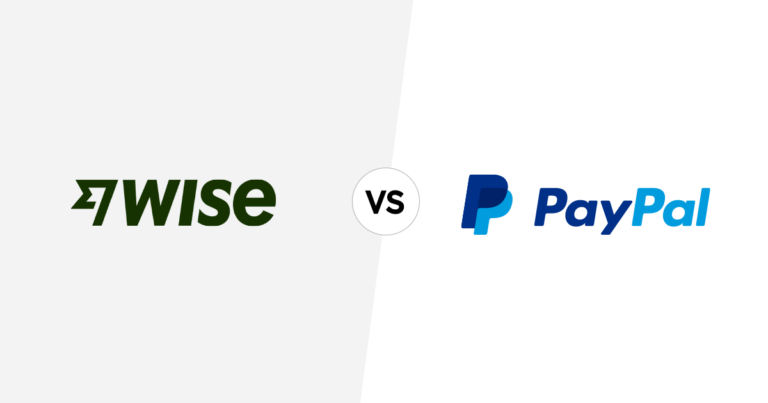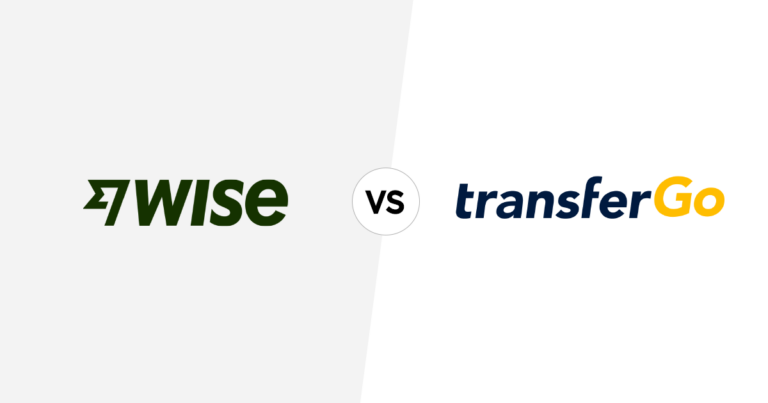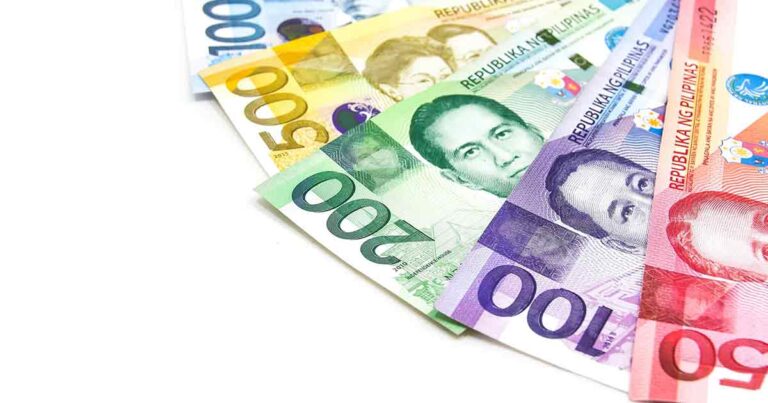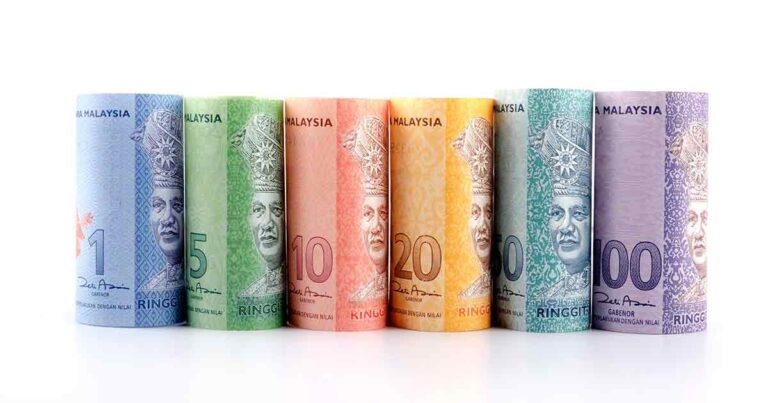Best places to exchange currency while travelling abroad
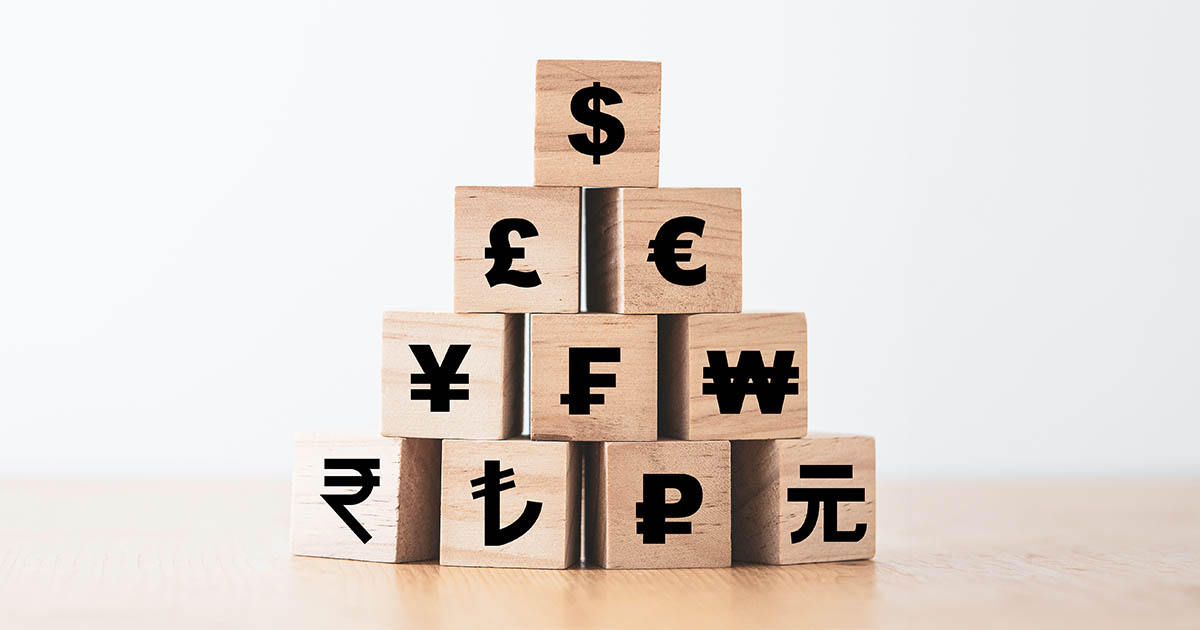
This article covers:
Shake a leg, because it is time to hit the road after more than two years grounded at home. A stroll in your local area is not going to satisfy that wanderlust, the only thing that will satisfy it is to go to those places on your bucket list. Since you have a lot of places to visit, then you want to get the most bang for your travel buck.
You can do this the smart way; understand how to exchange currency works so that you won’t have to pay exorbitant fees and settle for bad FX rates.
“Know before you go” as they say it. The tips below will help you to understand currency exchange, the gist of it to be exact so that you can get the best rates when you travel abroad.
How does currency exchange work?
A currency exchange rate is the value of one’s country’s currency against another country. The currency rates can change from minute to minute, constantly fluctuating, though this mostly happens on working days because the banks do the currency updates.
Since the currency rates are constantly changing, you’ll want to get the most out of the foreign currency for your local currency, which means you’ll want the best possible rates and reduce the fees you have to pay for making the exchange.
When and where should you exchange currency?
The best times to do currency exchange are: before your trip, during your trip, and once you are back in your home country.
Before your trip
Before boarding your plane and flying off to your travel destination, make sure to exchange currency in advance. You can do this at your local banks or money changers. our local banks and money exchangers offer better rates than the ones you can find in the airports (we’ll cover more on this below).
What about during your trip?
In case you didn’t manage to make a trip to a local bank or money exchanger, you can still exchange currency once you have reached your travel destination. You can do so at their local money exchanger merchants. You can opt for withdrawing through a foreign ATM with a credit card or debit card too, but keep in mind that you will be charged with foreign transaction fee every time there’s a transaction. We cover more about this in the next section.
ATM
We mentioned in the above paragraph about withdrawing cash from ATMs so that the cash will be in the currency of the country you are visiting, right? But you must be asking who uses cash nowadays.
You might need it during your travels abroad. Especially if you want to make purchases from the street market vendors. They likely accept cash only for purchases.
But how can you make cash withdrawals from ATMs in another country? Before you fly to another country, make sure to check in with the bank that your card is registered with and check if your card is activated for overseas use.
And how can you know that your card supports the ability to make cash withdrawals from ATMs in another country? Look for Visa, Mastercard, Cirrus, Plus, and Maestro logos on the front and back of your card. Then check if the ATM you will be withdrawing from has the same logo.
Credit Card
Another way is to use a credit card for your overseas transactions, especially if you run out of cash (the currency of the country you’re visiting) and are unable to find any immediate ATMs near you.
But be sure to check if your credit card is legible and activated for overseas use. Else, your transactions will be rejected. So check with your credit card bank or company to see if your card is allowed for overseas transactions.
Remember, there will be foreign transaction fees for every transaction made. The foreign transaction fee for your credit card depends on the bank or company that issued it and current currency rates. The foreign transaction fee incurred is up to 3%. But overall, a credit card gives you the best and closest rates to the official rates.
If you are planning to get the most out of your travel and planning to do some shopping, then you should apply for a credit card that offers lots of benefits when used abroad and has favourable transaction fees.
In addition, make sure to avoid dynamic currency exchange when making transactions using your credit card. Dynamic currency exchange means making payments for items and services in your home country’s currency.
However, this service often comes with poor exchange rates and other fees that will make your transactions more expensive than they should have been. So to avoid this from happening, sign and agree to make the payment in dollars or your home country’s currency.
Debit Card
If you’re planning to use a debit card for your overseas transactions then you will want to be careful. Because debit cards work differently from credit cards and they also may charge foreign transaction fees and international ATM fees.
So be sure to visit or call the bank that your debit card is registered to before your trip. Preferably one or two months before your overseas trip.
Besides security reasons, you will also need to check if your PINs will work in the country that you will be visiting. Because most countries only accept four digits PINs. So if your PIN has five or six digits, ask the bank for solutions so that you can use it in the country you will be visiting. Also, if your PIN has zeroes in it, ask your bank if it will be an issue for non-network ATMs.
And be sure to tell your bank about your planned overseas trip and that you will be making transactions there using your debit card and when you will be returning home. This is to avoid the embarrassment of your debit card being rejected during your shopping spree.
Lastly, you can ask about overseas transaction rates and currency conversion fees. Then make a comparison with those charged by your credit card’s bank or company. This will help you to budget and get the best deal throughout your overseas trip.
After you are back home
You can only travel for so long in another country, so at the end of the day, you will have to make a trip back to your home country. But what to do when you have safely landed in your home country and realised that you still have cash in the currency of the country that you travelled to? Just head to any local bank or currency exchange kiosk in your home country to convert it back to your home country’s currency.
The places to exchange currencies
Banks and money changers
As we have mentioned above, you can exchange currencies at banks or local currency exchange kiosks. If the banks’ service fee for currency exchange is a bit on the expensive side, then you have the option to use money changers or credit unions, they offer great currency exchange rates and low service fees.
You can do this both in your home country or in the country you will be travelling to. Though it is advisable to do so in your home country, you will be able to get better currency exchange rates and lower fees.
Currency exchange kiosks at airports
Not to say you shouldn’t exchange currencies at airport kiosks, but their currency exchange rates are typically less favourable and may incur high fees which are sometimes hidden within the poor exchange rates. So only do this if you forgot to make a currency exchange at the bank or money changer.
Extra travel tips
Inform your bank and credit card company about your travel
Before travelling abroad make sure to inform your bank and credit card companies of your travel plans. This is so you can access your card even when you are abroad, as some banks and credit card companies put restrictions on foreign transactions for fraud protection purposes.
How to save on transportation during your trip abroad
When you are on a leisure trip abroad, you will probably be on sightseeing tours to check out all the interesting places. Getting from here to there might cost you quite a bit.
To save on transportation, you can subscribe to a tourist travel pass. Most countries provide tourist travel passes and you typically have the option to choose how many days you want to use them.
For example, if you are in Singapore for three days, then you can subscribe to the SG Tourist Pass which lasts for 3 days and gives you unlimited rides on public transport. This pass will only cost 25$ (SGD) without any rental deposit. This definitely will save you a lot of cash, since you won’t need to worry about paying for public transport for 3 days.
Use Instarem’s amaze card for your trip
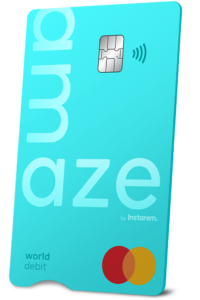
With amaze card, by Instarem, you’ll get to:
- Save with fantastic FX rates on every global purchase.
- Earn air miles just by linking your card or wallet.
Sign up via the Instarem app and get your virtual card instantly! It’s totally free.
*TnCs apply
Getting the best rates for accommodation
Of course, when you are on a trip abroad you will need a roof over your head. Unless you’re on a sponsored trip, then you will want to get the rates for accommodation, especially if you want to avoid paying for accommodation using the local currency.
Here are some cool hacks to score some great accommodation deals:
- Book hotels with free cancellation. That way, you can cancel it and rebook if the price drops
- Book from websites that have a price guarantee and that will refund the price difference
- Check with your banks’ credit or debit cards. They often come with good travel perks.
- Book from member-only sites that generally can beat other websites’ prices
- Book a hotel room that includes free breakfast
- Book a hotel from cashback websites
- Register with loyalty schemes. Generally, you will get discounts or free nights if you are a first-time member
Finding best flight rates
Flight tickets can be costly if you choose to buy them at the wrong time. According to a study made by CheapAir.com, the best time to purchase flight tickets is between three weeks and three and a half months in advance of your trip. The fares will be within their lowest 5%.
Another way is to book your flights together with accommodation as we mentioned above. This will save you a significant amount of money.
Time to pack up
Now you are well informed about currency exchange rates and how to budget for your trip, it is time to choose your travel destination, create an itinerary, and pack up. Keep this knowledge in mind at all times, so that you will be able to enjoy your trip to the fullest. Happy trails!
*Disclaimer: This article is intended for informational purposes only. All details are accurate at the time of publishing. Instarem has no affiliation or relationship with products or vendors mentioned.
 Get the app
Get the app




